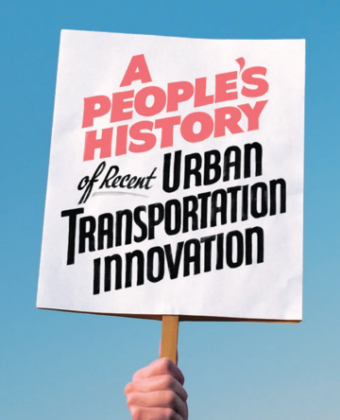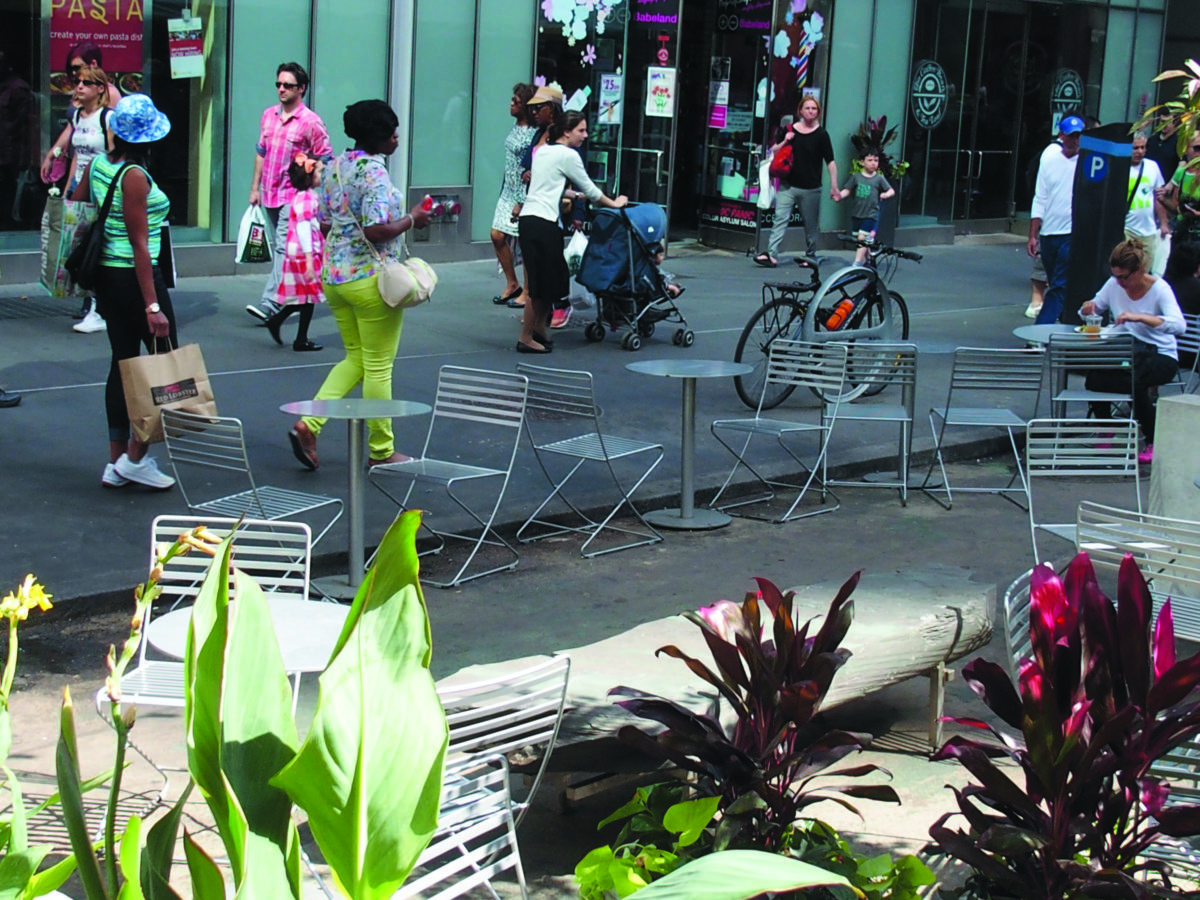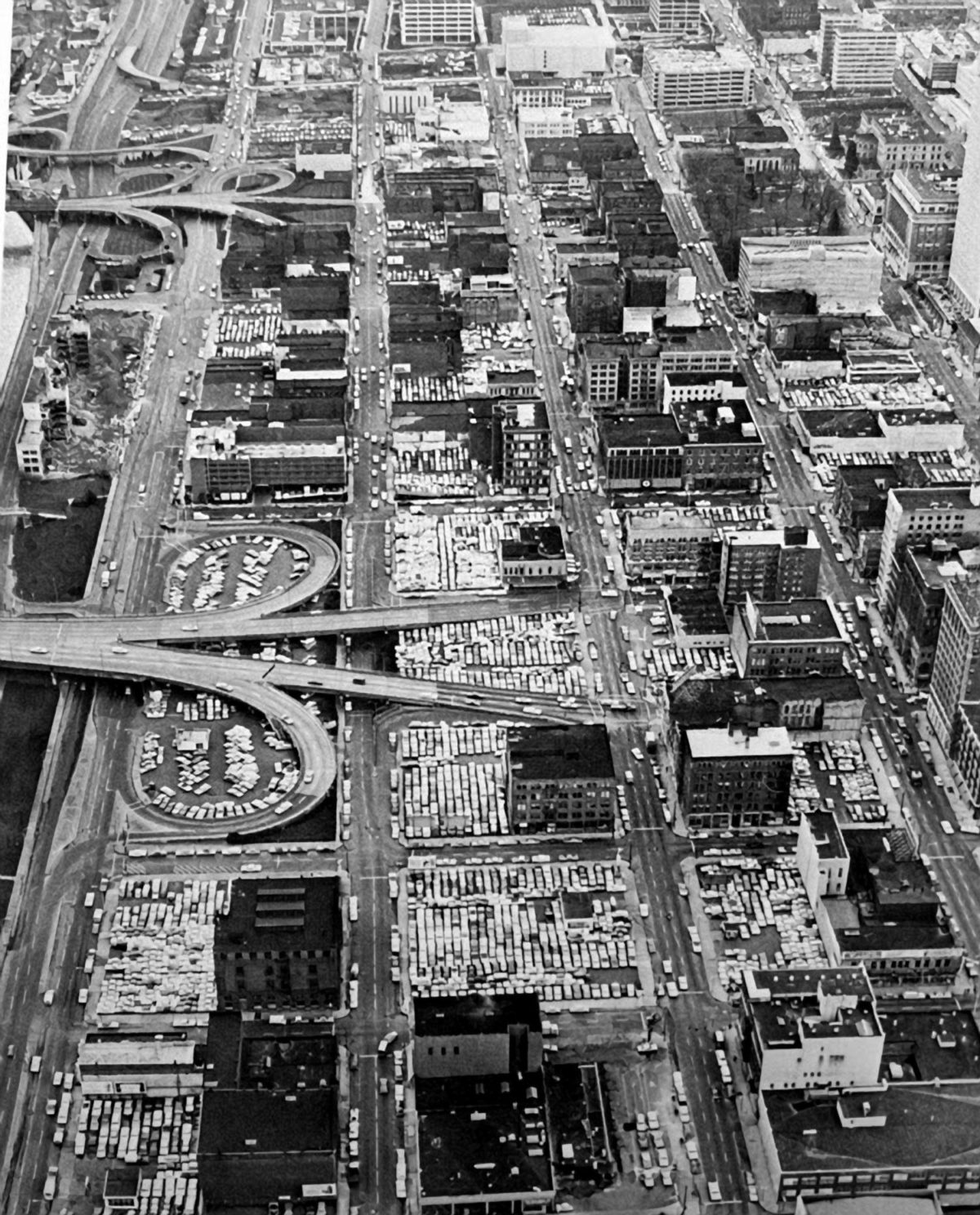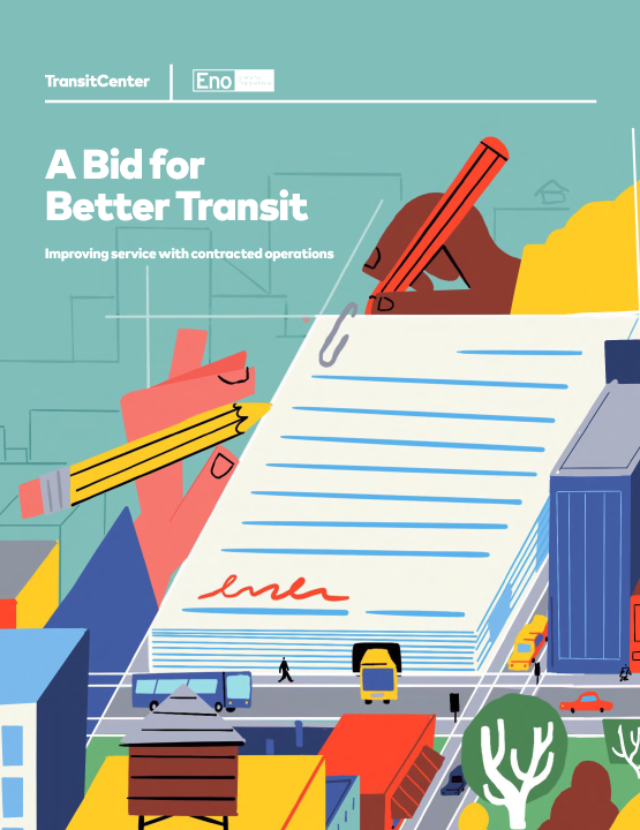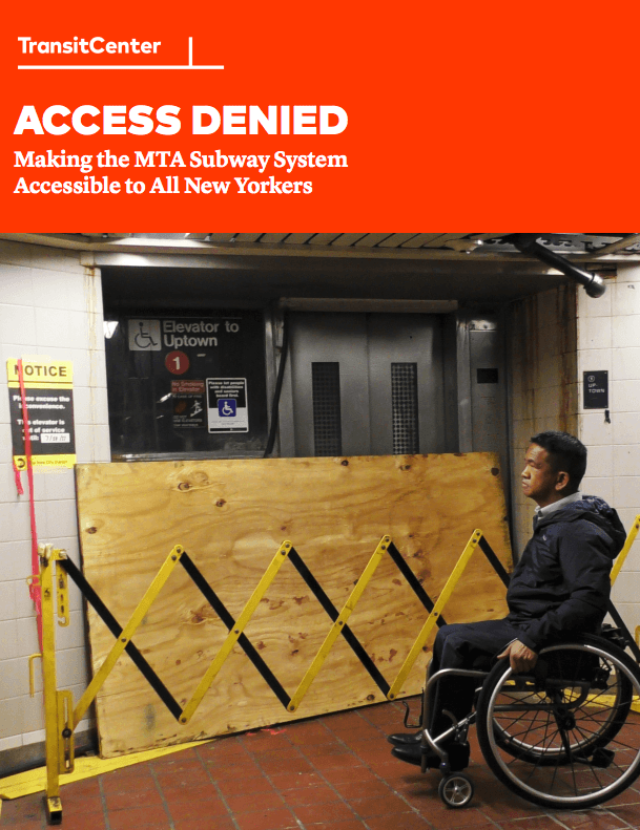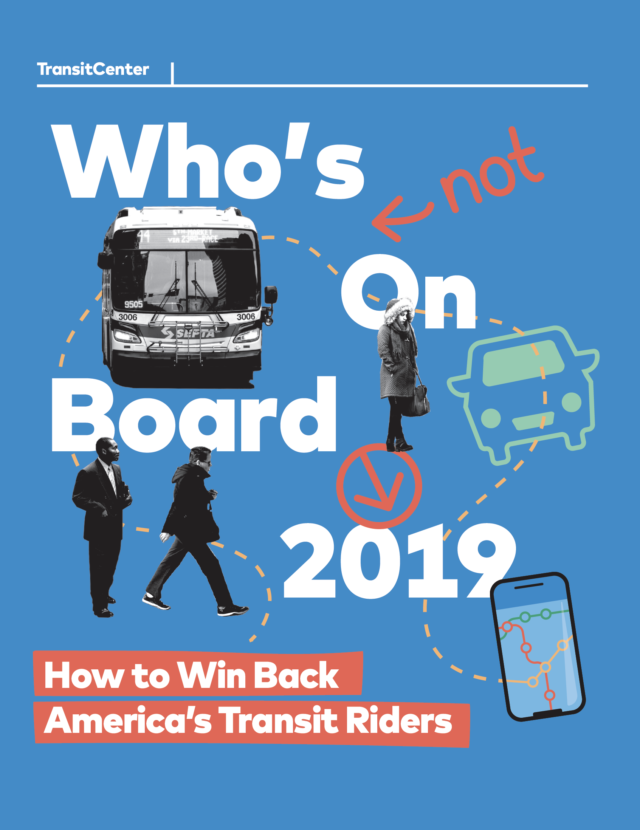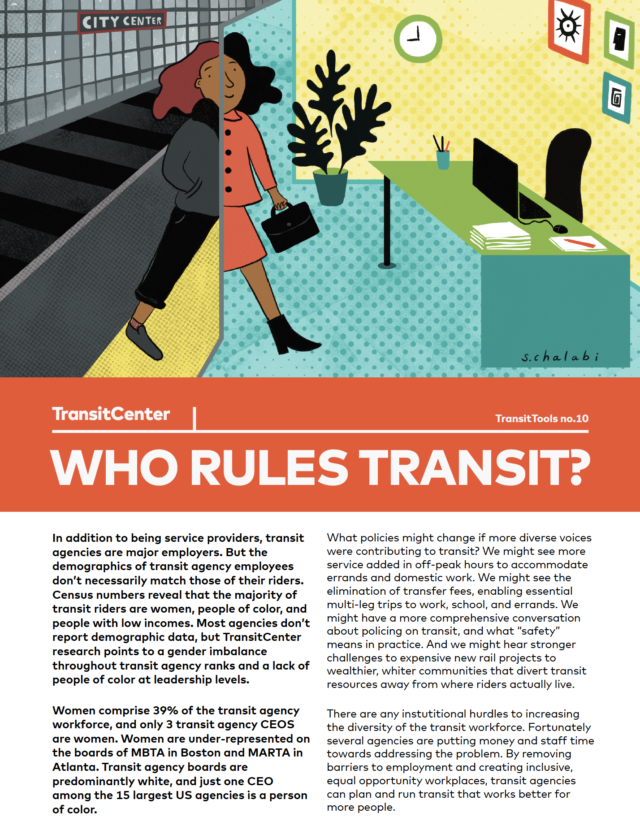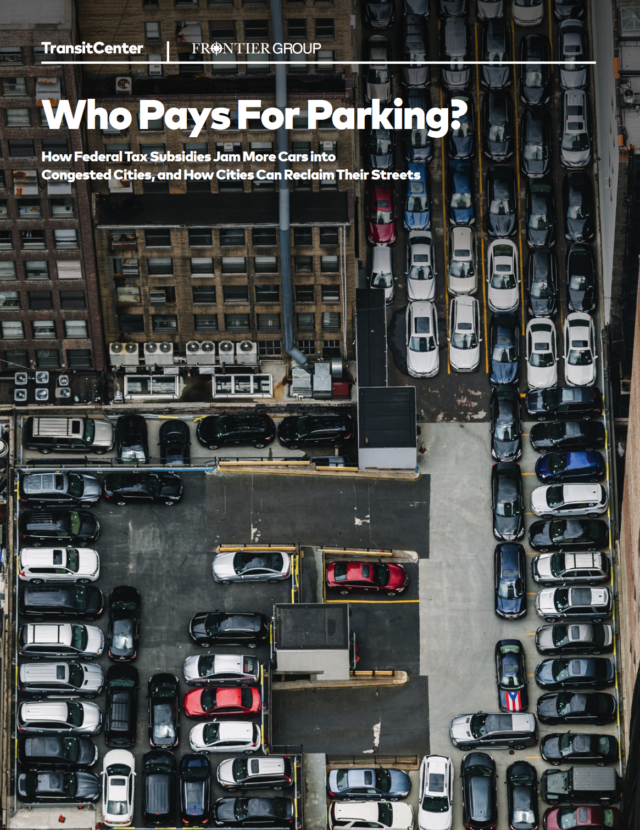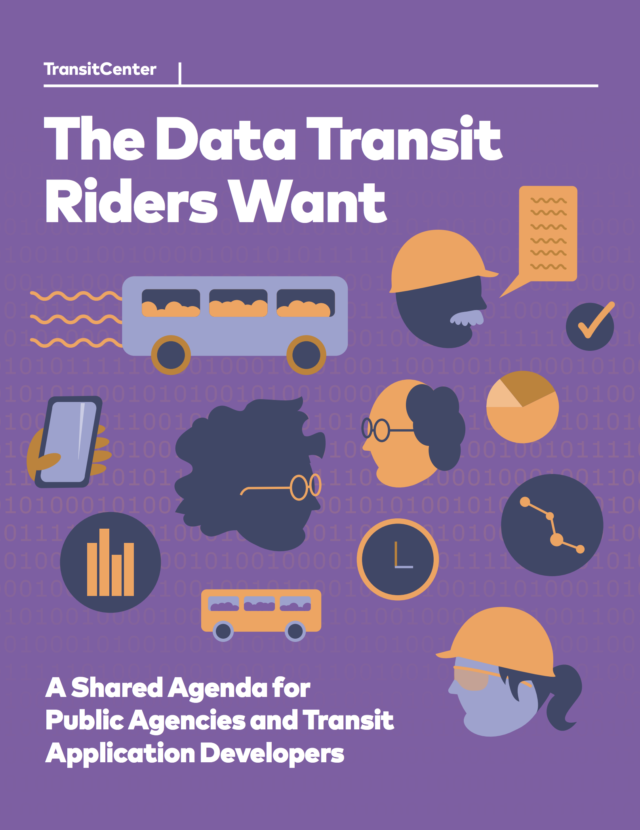Foreword
What started as a straightforward and curious question – what were the human factors behind recent urban transportation innovations in the United States – turned into a wide exploration of civic action, governance, and the very meaning of innovation for transportation at this moment. We were thrilled to be able to study cities and the leadership that have made such an indelible mark in recent years. But to keep the study manageable and useful, we had to make some difficult decisions and narrow the range of our investigation.
Where we might have started with a very broad conception of innovation, we found ourselves landing on a definition that encapsulated the ways that our street moved away from the territory of vehicles and returned to the realm of people.
While this may not seem “innovative” in the technological sense, that cities would introduce bike lane networks, public plazas, mini-parks, and bikeshare wholesale onto American streets was inconceivable as recently as 2005. The most recent period of rapid innovation was genuinely unusual relative to the prior five to six decades during which the majority of cities could not make these changes even with significant federal policy changes. So while we started with nearly 30 possible case studies that demonstrated progress in urban transportation, we ended up focusing on the six that provided the strongest illustrations of the human actions behind urban transportation innovation. Even today, the majority of cities in the United States remain vulnerable to policies and practices established long ago.
In the end, our study is simply one perspective on what it takes to make change. We hope that our analysis will show that any city can take up the fight to bring their streets back to their people, as long as they have the leaders in place.
Executive Summary
Recent innovations in urban transportation in the United States have consisted of resident-led efforts to create more ways of moving around the city. Rather than the adoption of new technology, these advances have centered on reintroducing human vitality into streets that have been lost to cars for decades. Our analysis of the human factors behind implementing small-scale change in a wholesale way shows that engagement from three areas of society is required for a city to innovate.
First and foremost, a civic sector that is resident-led, non-elite, and outside government—yet able to persuade local politicians to take risks—is paramount to the success of any city. Citizen-led campaigns can pressure authorities to change direction, diversify the mix of transportation options, and also provide evidence of why that change would be beneficial. Without a civic sector that can direct public support, urban transportation innovation will not reach its potential.
Second, a bold mayor and transportation agency head who have both the courage to create the vision for a different kind of city and the management skills to compel their staff to do things differently are essential for the successful implementation of any change. Without the vision and mandate from the very top of city government, there is little chance of urban transportation reforms succeeding in the long run.
Finally, agency adoption is essential for the thorough implementation of new transportation practices. Without staff willing to challenge the existing culture and processes within city government, the city would only have pilot projects here and there to show for all its efforts. Without agency staff adopting new practices, wholesale change is not possible.
Without staff willing to challenge the existing culture and processes within city government, the city would only have pilot projects here and there to show for all its efforts. Without agency staff adopting new practices, wholesale change is not possible.
The following strategies can encourage more urban transportation innovation in the future:
- Encourage civic organizations to emerge and reframe transportation issues as quality-of-life issues.
- Reinforce public support through political organizing and leveraging technical expertise or data.
- Bolster the courage of leaders willing to take on reform by connecting them with visible public support and a compelling communications strategy.
- Position advocates on the inside to catalyze a reorientation of city agency and staff culture.
- Perpetuate new norms by changing agency standards.
- Create federal and state policies that recognize and reward small-scale urban transportation reform and tip the scales toward innovation.
Though much progress has been made in several cities, the human-oriented transportation changes examined here are not pervasive nationwide. Only a handful of cities have made lasting reforms that will stand the test of time, while the majority of federal and state transportation policies continue to support auto-oriented development. With the information here, we hope that more urban residents will take up the fight and continue to challenge the status quo and reclaim the streets that are the lifeblood of their cities.
Launch Events
TransitCenter will be hosting launch events in each of the case study cities celebrating those who made these innovations possible. Check back soon for more information.
Denver – September 16 (by invitation only)
New York – October 19, 2015 at Parsons School of Design at The New School. See participants annotated cycles of change, courtesy of a charrette run by Parsons students.
Seattle – October 21, 2015 at 12:30pm in the Bertha Knight Landis Room at Seattle City Hall. Co-hosted by the Mayor’s office and Transportation Choices.
Portland – October 22, 2015 at 6:30pm in the Parsons Gallery at the PSU Center for Urban Affairs. Presented by the Bicycle Transportation Alliance.
Press Release
New Report: Civic Action and Bold Leadership Are Key Drivers of Recent Transportation Innovation and Reform.
Report examining the history of transportation reform in six major cities finds that citizen-led efforts are necessary to achieve reform
New York, NY – In the past decade, several cities have transformed their streets by adding bus and bike lanes, creating new pedestrian plazas, and emphasizing the movement of people instead of cars. These changes were initiated and led by local-level advocacy, according to a new report, “A People’s History of Recent Urban Transportation Innovation,” released today by TransitCenter, a foundation that supports efforts to improve urban transportation. The report studied recent innovations in transportation practice in six major metropolitan areas in the U.S. and found that local advocacy and civic engagement were a necessary prerequisite for revitalizing urban transportation. The cities studied include New York City, Portland, Chicago, Pittsburgh, Denver, and Charlotte.
“Transformation happens at the local level, with civic organizations and transportation leaders who coordinate their actions and work together,” said David Bragdon, Executive Director of TransitCenter. “Municipal leaders should be bold in their attempts to innovate, and state and federal policy should encourage local-level innovation.”
Local transportation advocates and government officials have recognized transportation reform is about quality of life issues, allowing them to galvanize higher levels of local support.
TransitCenter found that there are three factors required in order to accomplish this type of innovation: a civic sector that is resident-led, non-elite, and outside government that can direct public support; a bold mayor and transportation agency head who have the vision and skills to manage this innovation; and a staff willing to challenge the existing culture within local government.
“Civic leaders stand up for bold ideas and support politicians willing to take risks. Elected leaders articulate strong transportation visions and inspire change across agencies. Agency leaders navigate desired changes through the bureaucracy and create new practices,” said Shin-pei Tsay, Research and Development Director of TransitCenter and the report’s primary author. “When one is missing, change happens much more slowly.”
Despite significant differences in the local conditions and history, all of the cities examined implemented innovative and lasting transportation policies, illustrating that any city can use bottom-up approaches to change transportation policy.
Based on the experiences of these six cities, TransitCenter recommends that transit advocates, policymakers, foundations, and anyone interested in transportation change:
- Encourage civic organizations to emerge and reframe transportation issues as quality-of-life issues;
- Reinforce public support through political organizing and leveraging technical expertise or data;
- Bolster the courage of leaders willing to take on reform by connecting them with visible public support and a compelling communications strategy;
- Position advocates on the inside to catalyze a reorientation of city agency and staff culture;
- Perpetuate new norms by changing agency standards;
- Create federal and state policies that recognize and reward small-scale urban transportation reform and tip the scales toward innovation.
“TransitCenter’s recounting of how leading cities have changed the way they build and plan urban transportation shows how engaged citizens can set the stage for big shifts in our cities,” said Benjamin de la Peña, Knight Foundation director for community and national strategy. “Advocates and local leaders in these cities are at the forefront of this transformation. Less car-centric transportation that provides more options can help to improve the quality of life in our cities and give them an edge in the competition to attract and keep talent.”
